On July 12, the opening ceremony of "Overlay·Supplement-New Works by Su Liqun" was held at the Qiumo Art Museum in Taoxichuan, Jingdezhen. Co-organized by the Academy of Arts & Design, Tsinghua University and Jingdezhen Taoxichuan Cultural & Tourism Group, the exhibition features over 80 (sets of) works, including oil paintings, ink wash paintings, sketches, and installation art created by Su Liqun.

Opening Ceremony
At the ceremony, speeches were delivered by curator Du Xiyun, Ma Sai, Dean of the Academy of Arts & Design, Tsinghua University, Liu Zili, Party Secretary and Chairman of Jingdezhen Taoxichuan Cultural & Tourism Group, and the artist Su Liqun.
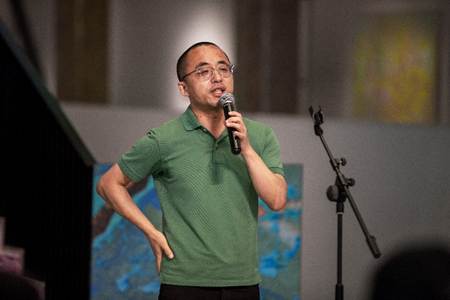
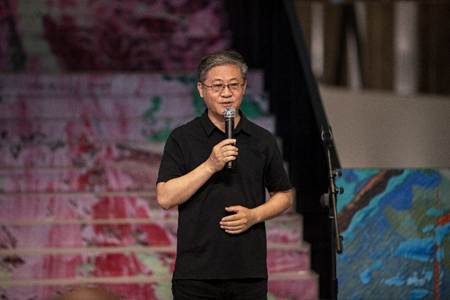
Curator Du Xiyun (Left) | Ma Sai Dean of Academy of Arts & Design, Tsinghua University (Right)
Du Xiyun noted that Su Liqun made a lasting impression in the art world during the 1980s with his cool abstraction and color-ink paintings. His recent work explores themes derived from traditional Chinese ceramic vessels, with motifs of fragmentation, overlay, and supplementation recurring throughout. Through aesthetics, he expresses his reflections on history and culture.
Ma Sai remarked that Su Liqun has used Taoxichuan as a creative base for years, continuously experimenting to form a complete cycle of "incomplete ceramics – ink wash – re-creation." His work demonstrates how traditional mediums can be revitalized in a contemporary context, serving as a valuable case study for education and research.
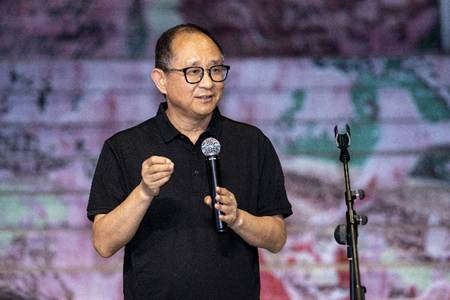
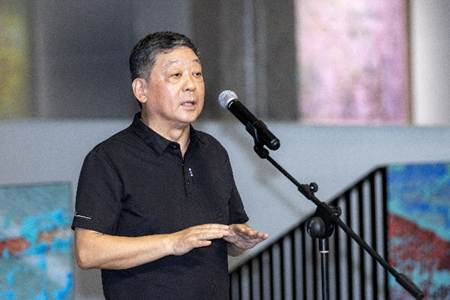
Chairman Liu Zili of Jingdezhen Taoxichuan Group (Left) | Artist Su Liqun (Right)
Liu Zili observed that the ceramic fragments in Su Liqun's art are precious vestiges of Jingdezhen's illustrious ceramic legacy. The incompleteness he creates is, in fact, a profoundly moving form of wholeness, embodying what he terms the "Spirit of Fragmentation." This philosophy aligns seamlessly with the Imperial Kiln Museum's design ethos, where ceramic fragments take center stage. Such spiritual depth has become integral to Taoxichuan's transformation.
Su Liqun expressed gratitude in his speech, likening Taoxichuan to a personal utopia. A graduate of the Mural Painting program in the Special Crafts Department of the Central Academy of Arts and Crafts (now the Academy of Arts & Design, Tsinghua University), Su was inspired by a serendipitous encounter with ancient ceramic fragments in 2016. His subsequent move to Jingdezhen, coupled with deep cultural research, made Taoxichuan a pivotal wellspring for his artistry.
Exhibition Walkthrough
On B1, large-scale works depict Taoxichuan's iconic architecture, monochrome photographic prints on canvas, overlaid with pigments and mixed media techniques. Contrasting these are a series of small ink wash pieces Su completed at Taoxichuan in 2019.
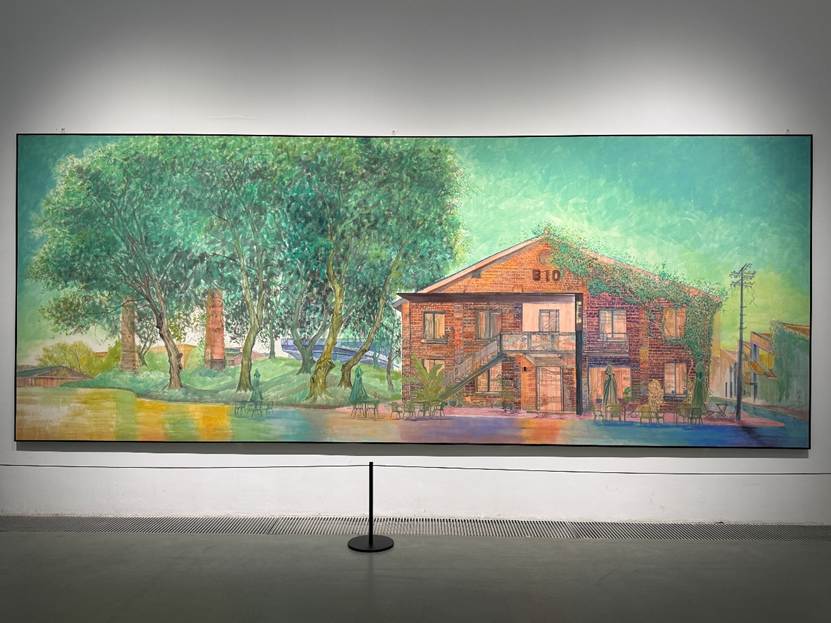
Rainbow Road of Taoxichuan portrays a renowned social media destination and Su's creative base for nine years.
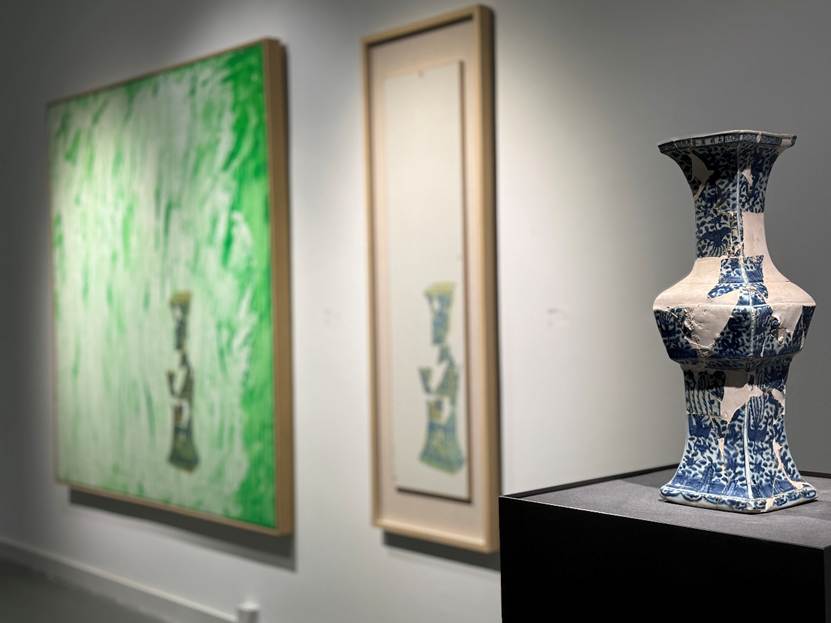
The first floor displays groupings of supplemented ceramic objects with corresponding ink and oil paintings. The ink works are emotionally nuanced with gentle brushwork, while the oils feature surfaces densely layered with pigments.
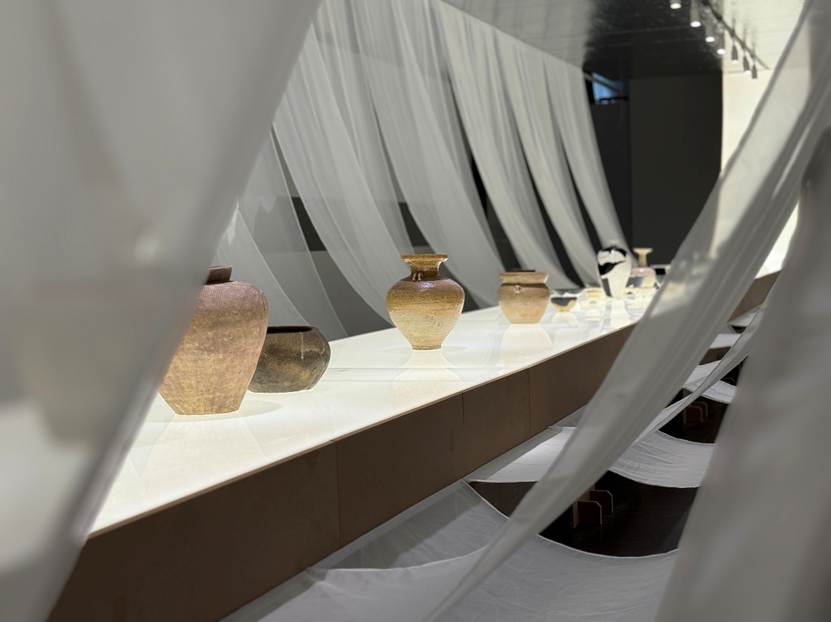
On the second floor, the large-scale installation Silkworm, a focal point, comprises 44 ceramic and lacquer-restored objects accumulated over two decades. Su describes this piece, constructed from ceramic fragments, mortise-tenon joints, and silk materials, as a "cocoon chamber."
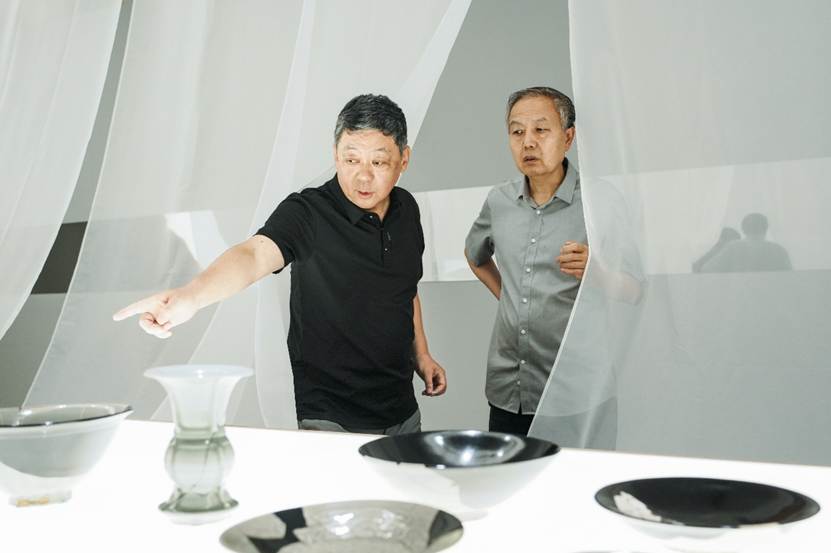
Zhang Jie, Professor at Tsinghua University's School of Architecture, highlights how Su's layering of elements from different eras creates both retrospection of the past and contemporary meaning through re-creation, demonstrating profound humanistic care through temporal sedimentation.
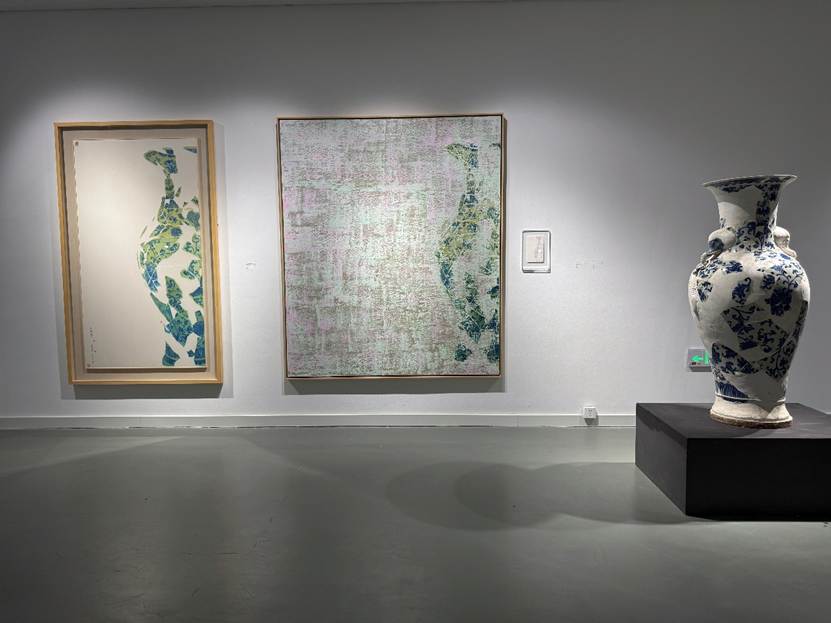
Hang Jian, Distinguished Professor of Humanities at Tsinghua University, particularly focuses on Su's use of two distinctly different expressive approaches, ink wash and oil painting, for the same ceramic objects: the ink works emphasize aesthetic reconstruction with deep Chinese sentiment, while the oils present strong Western modernist style with intense colors, reflecting his complex psychological state when confronting fragmented vessels.
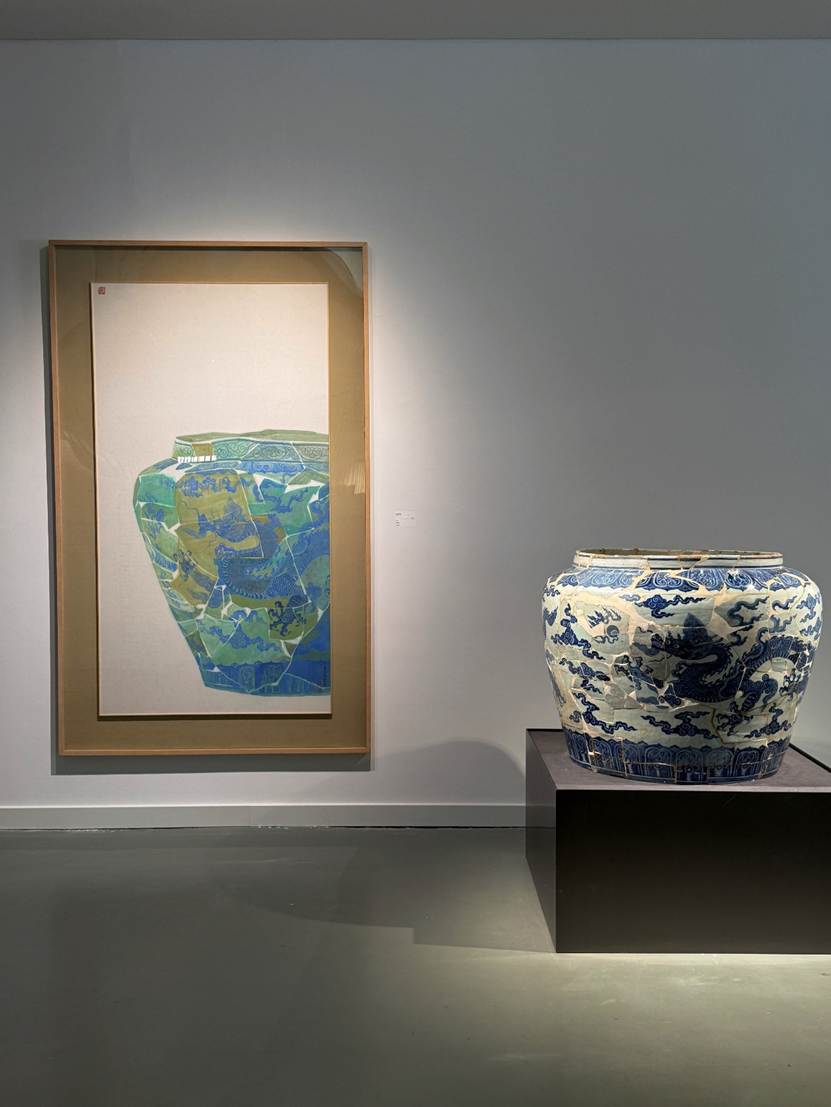
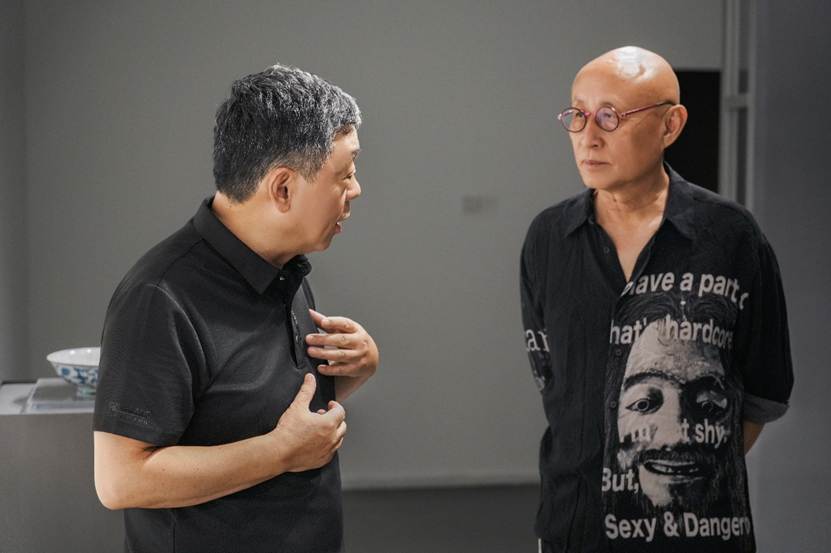
Yu Ke, Curatorial Committee Member of the China Artists Association and Professor at Sichuan Fine Arts Institute, notes that Su's artistic exploration and understanding of Taoxichuan, a site rich with historical resonance, through his creative process and works merits scholarly investigation.
The exhibition runs at Qiumo Art Museum until October 8
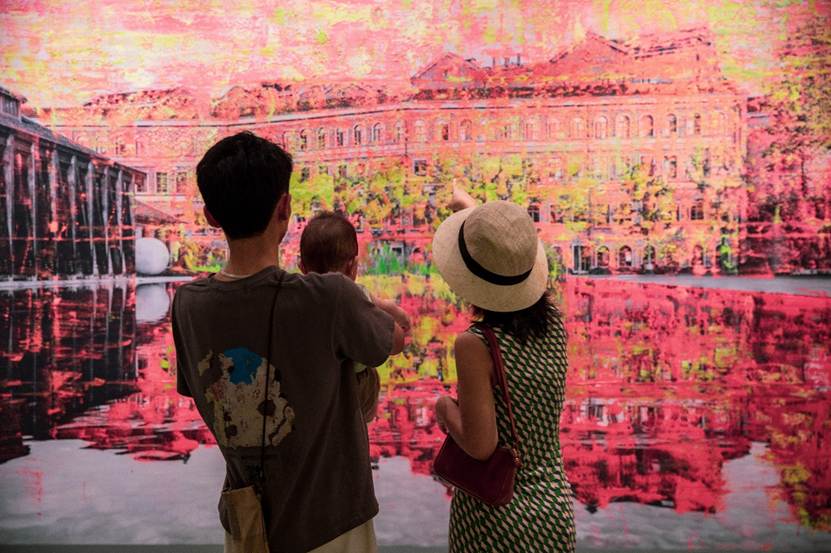
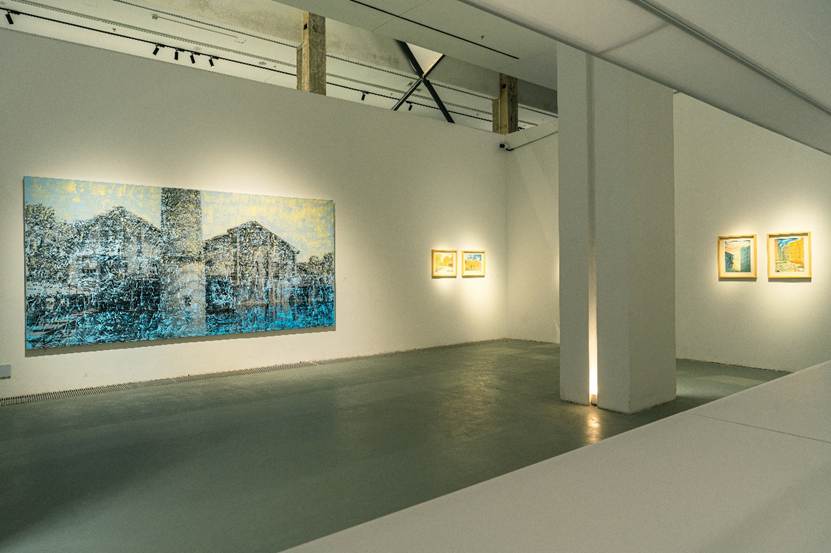
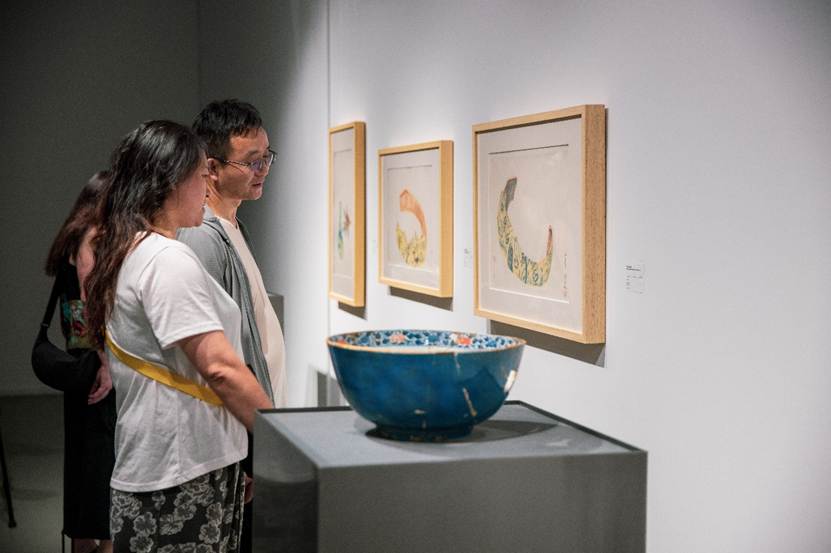
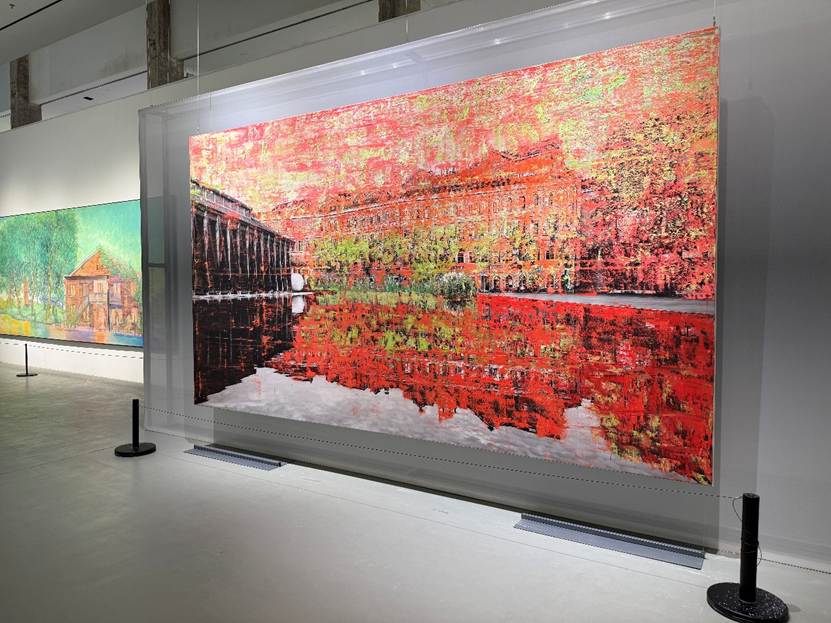
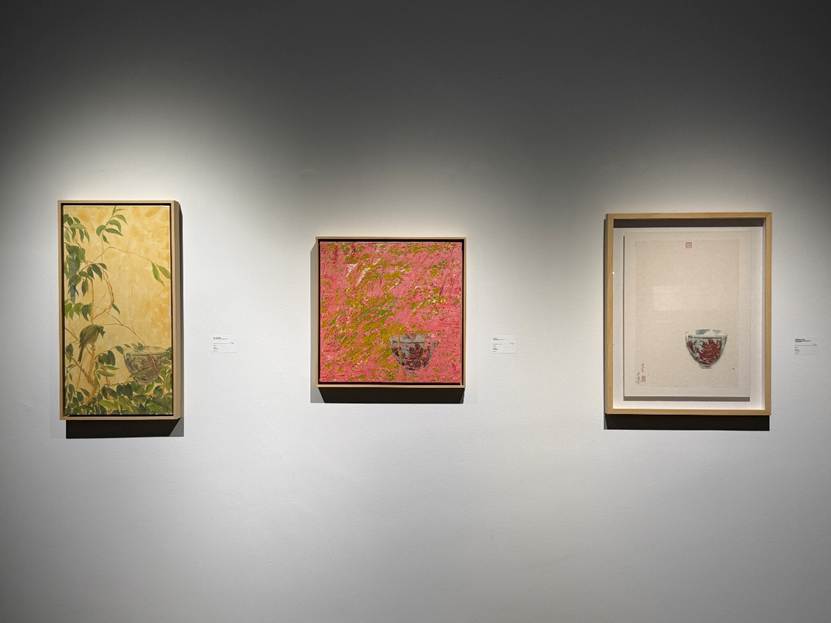
Materials provided by the Exhibition Project Team

